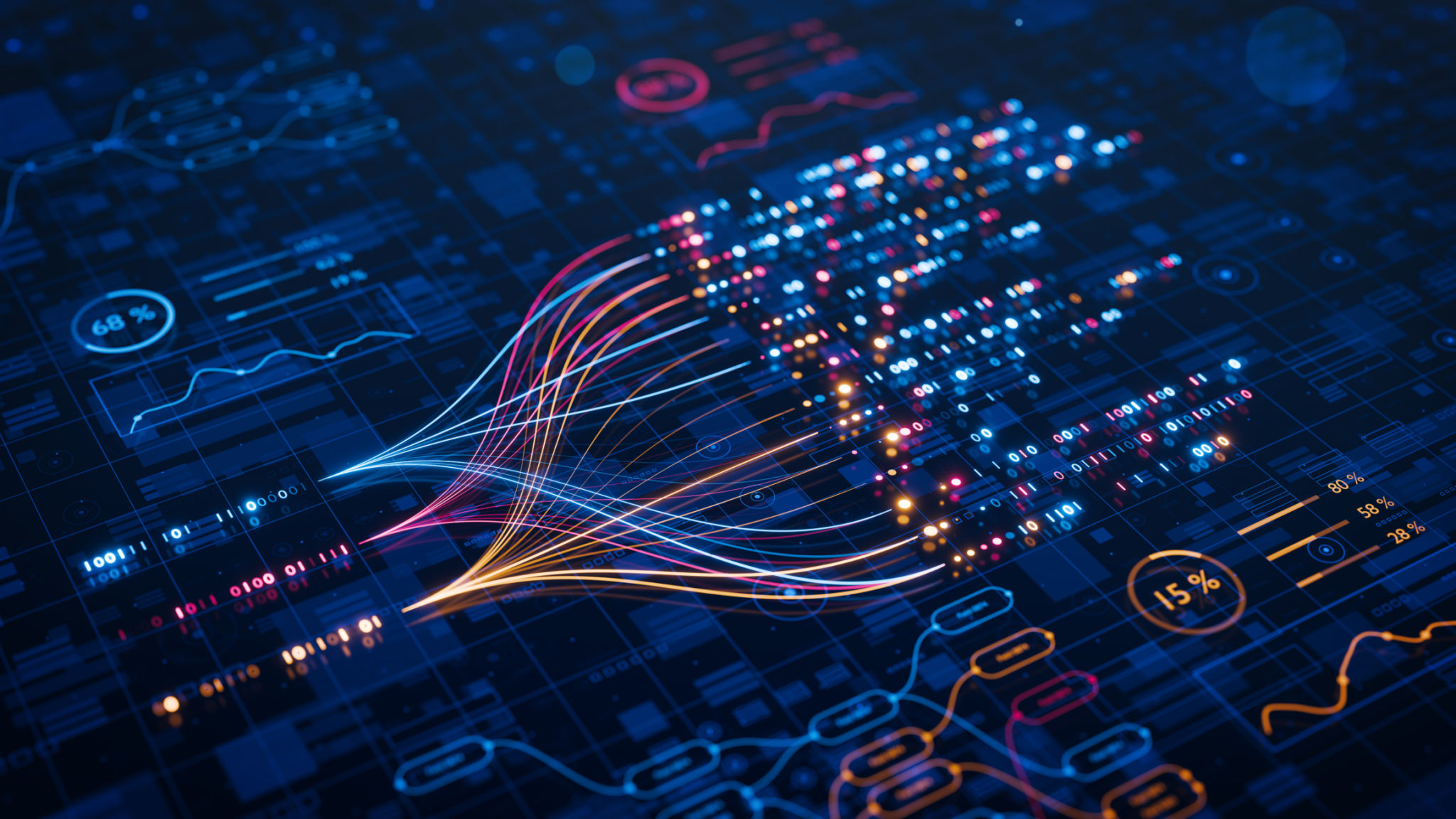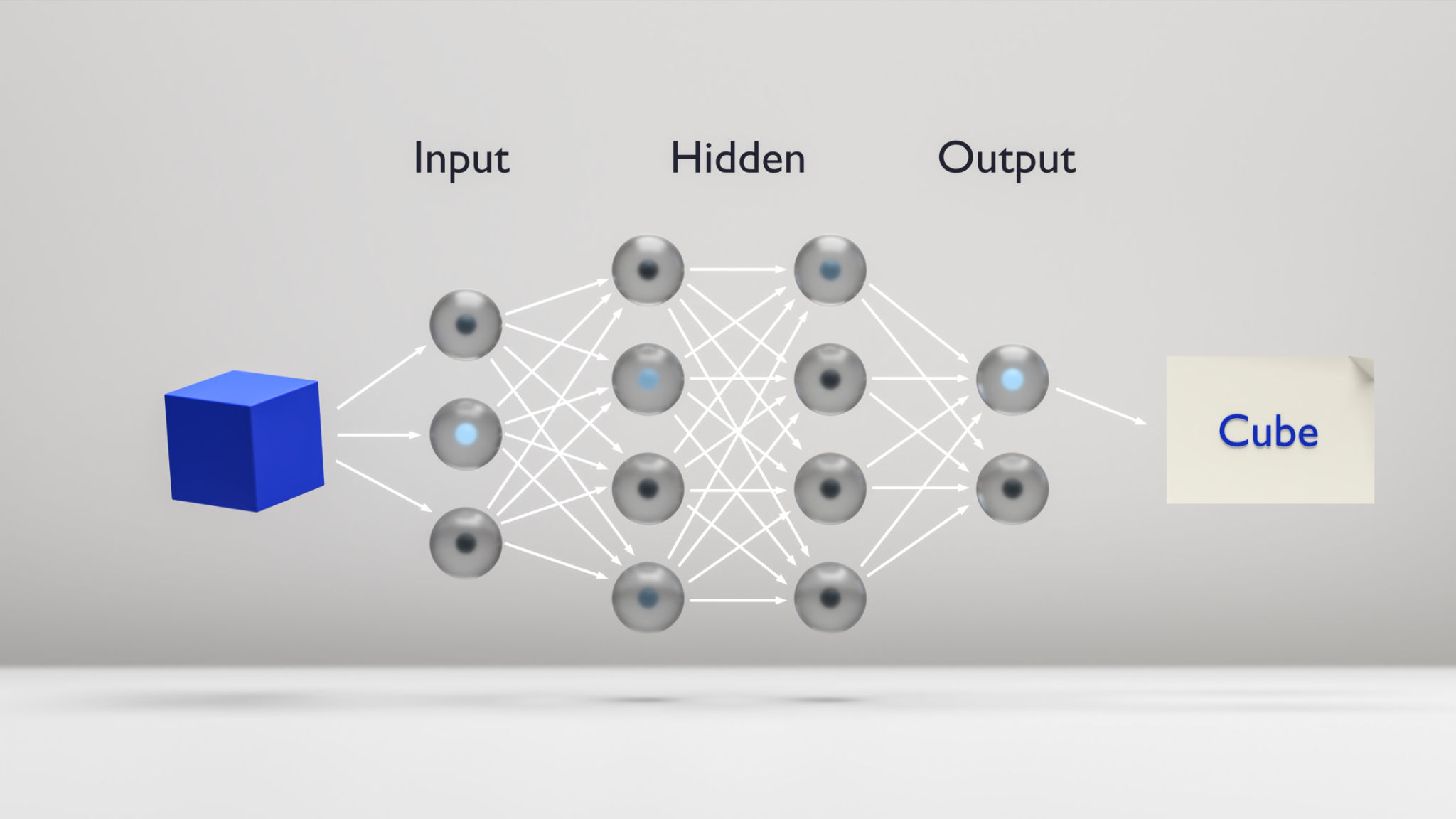Comprehensive Deep Learning Tutorials: From Beginner to Expert
Understanding Deep Learning
Deep learning is a subset of machine learning that involves neural networks with three or more layers. These networks attempt to simulate the behavior of the human brain to "learn" from large amounts of data. Deep learning is integral to many technologies we use today, from image and speech recognition to self-driving cars and more.
For those just starting out, understanding the fundamentals of deep learning is crucial. It begins with grasping the basics of neural networks, activation functions, and layers. As you progress, you'll explore more complex architectures and techniques.

The Building Blocks of Neural Networks
At the core of deep learning are neural networks. A neural network consists of layers of nodes, or "neurons", each mimicking a biological neuron. These neurons are connected by weights that are adjusted during training to minimize error.
The layers in a neural network can be broadly classified into input, hidden, and output layers. The input layer receives the data, while the output layer provides the prediction or classification. Hidden layers process the input data through weighted connections.
Getting Started with Deep Learning
If you're new to deep learning, starting with Python and libraries like TensorFlow or PyTorch is recommended. These libraries provide pre-built functions and tools that make it easier to construct and train neural networks.

Choosing a Framework
TensorFlow and PyTorch are two of the most popular frameworks for building deep learning models. TensorFlow is known for its scalability and production-ready capabilities, while PyTorch offers a dynamic computational graph and is favored for its ease of use in research settings.
When choosing a framework, consider your project requirements, such as the need for scalability or ease of experimentation. Both frameworks have extensive documentation and community support, making them accessible for beginners and experts alike.
Advanced Techniques in Deep Learning
As you become more comfortable with the basics, you can delve into advanced techniques such as convolutional neural networks (CNNs) for image processing or recurrent neural networks (RNNs) for sequential data like time series or text.

Convolutional Neural Networks
CNNs are specially designed to process data with grid-like topology, such as images. They are composed of convolutional layers that automatically capture spatial hierarchies in data, making them powerful for tasks like image classification and object detection.
Understanding how CNNs work requires familiarity with concepts like filters, pooling layers, and feature maps. These components help extract and condense information from images to make accurate predictions.
Transitioning From Beginner to Expert
Becoming an expert in deep learning requires continuous learning and practice. Engage with communities on platforms like GitHub or Stack Overflow to stay updated on new techniques and best practices.

Practical Applications
Applying your skills to real-world projects is one of the best ways to cement your knowledge. Consider participating in competitions like those on Kaggle or contributing to open-source projects. These experiences provide practical insights and enhance problem-solving skills.
As you progress, you will encounter challenges that require innovative thinking and problem-solving, pushing you closer to expert-level proficiency in deep learning.